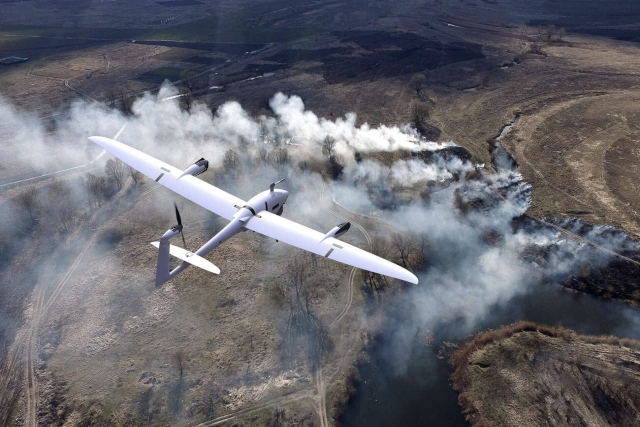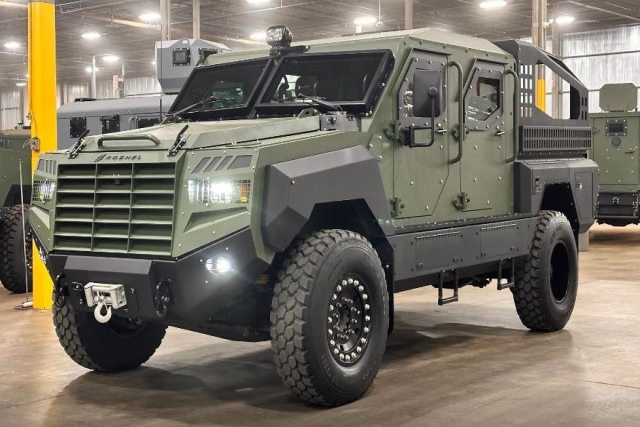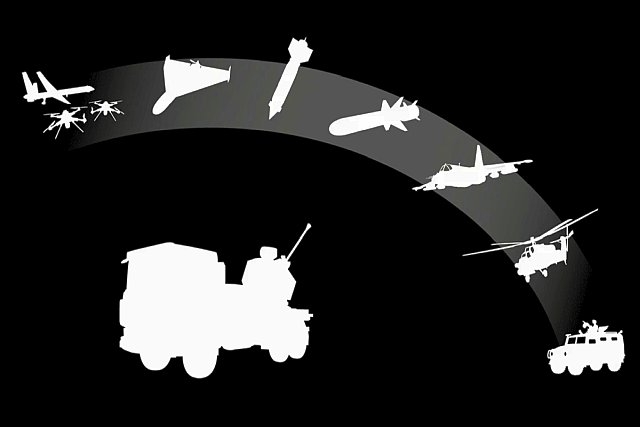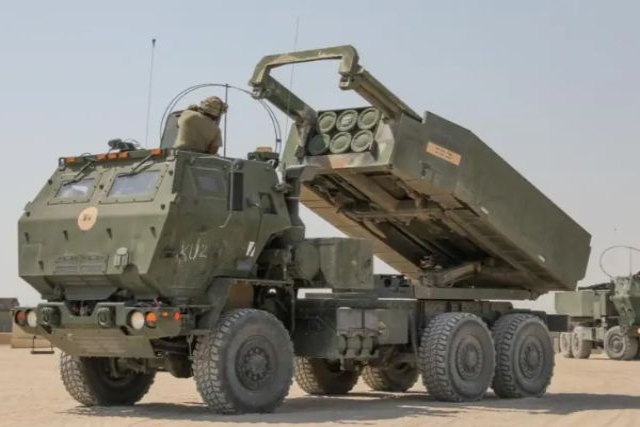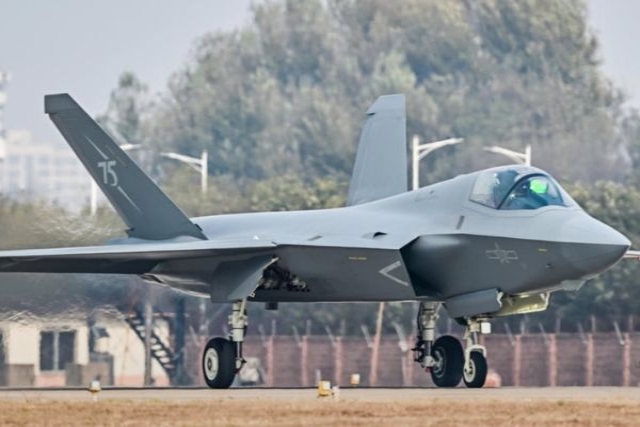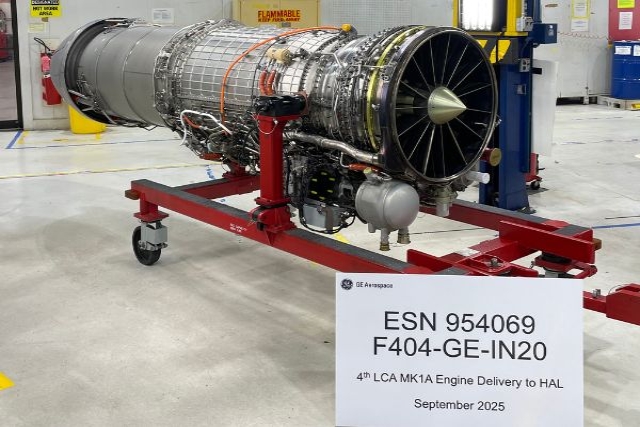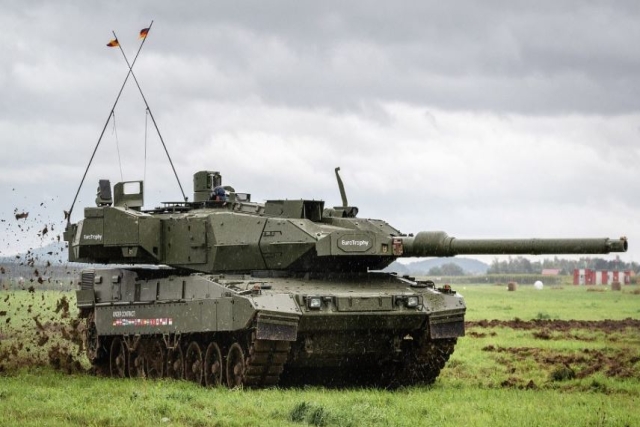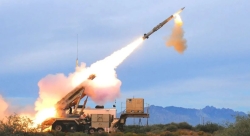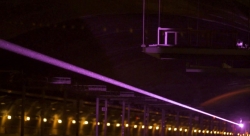Ukraine Confirms Firing 1970s Vietnam-era 'Copperhead' Laser-guided Artillery
Rare deployment of laser-guided munition targets Russian observation post at undisclosed location.
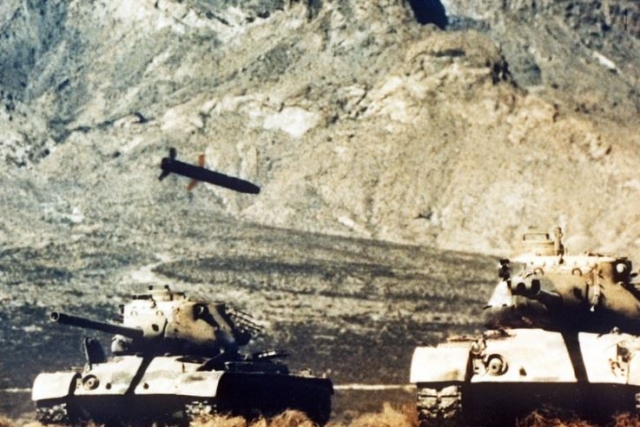
The Ukrainian Army’s 47th Separate Mechanised Brigade has used a U.S.-made M712 Copperhead laser-guided artillery shell to strike a Russian observation post at an undisclosed location.
The Copperhead, first developed in the 1970s, is designed for precise strikes using laser guidance to target enemy positions, including command posts, ammunition depots, and concealed vehicles. The shell has an effective range of 3-16 km and is resistant to electronic interference, unlike GPS-guided munitions which are vulnerable to jamming.
The Pentagon retired the Copperhead from U.S. Army service in the mid-1990s after limited exports to countries such as Egypt, Jordan, Lebanon, and Taiwan. Public data shows the U.S. had about 20,000 of these shells in 1995. The shell is no longer in production and was likely sourced from older stockpiles.
According to British publication Forces News, this marks the first confirmed use of the Copperhead by Ukraine. However, a Ukrainian soldier claimed on Telegram last month that the country’s forces used the shell to strike a concrete Russian fortification in the Kherson region.
Ukrainian media claims Copperhead use began around September 2024. In November, Ukraine’s Special Operations Forces reportedly used the M712 during the Kursk operation, targeting a tower with enemy equipment using a LEONARDO Type 163 laser designator. After confirming readiness with pre-programmed codes, the artillery unit fired two projectiles, both hitting the target but causing only partial tilt due to ineffective ammunition. A third shot missed due to a malfunction caused by damage to the projectile’s aiming lens.
Ukraine also uses the M982 Excalibur, a GPS-guided artillery shell with a longer range. However, the Excalibur’s reliance on satellite signals makes it more vulnerable to Russian electronic warfare, while the Copperhead’s laser guidance is unaffected by such interference.
